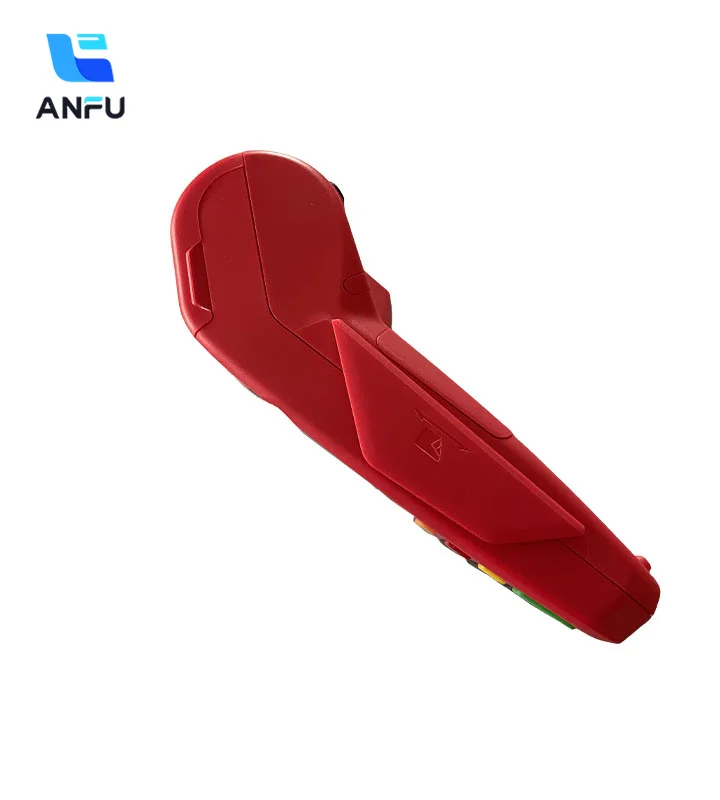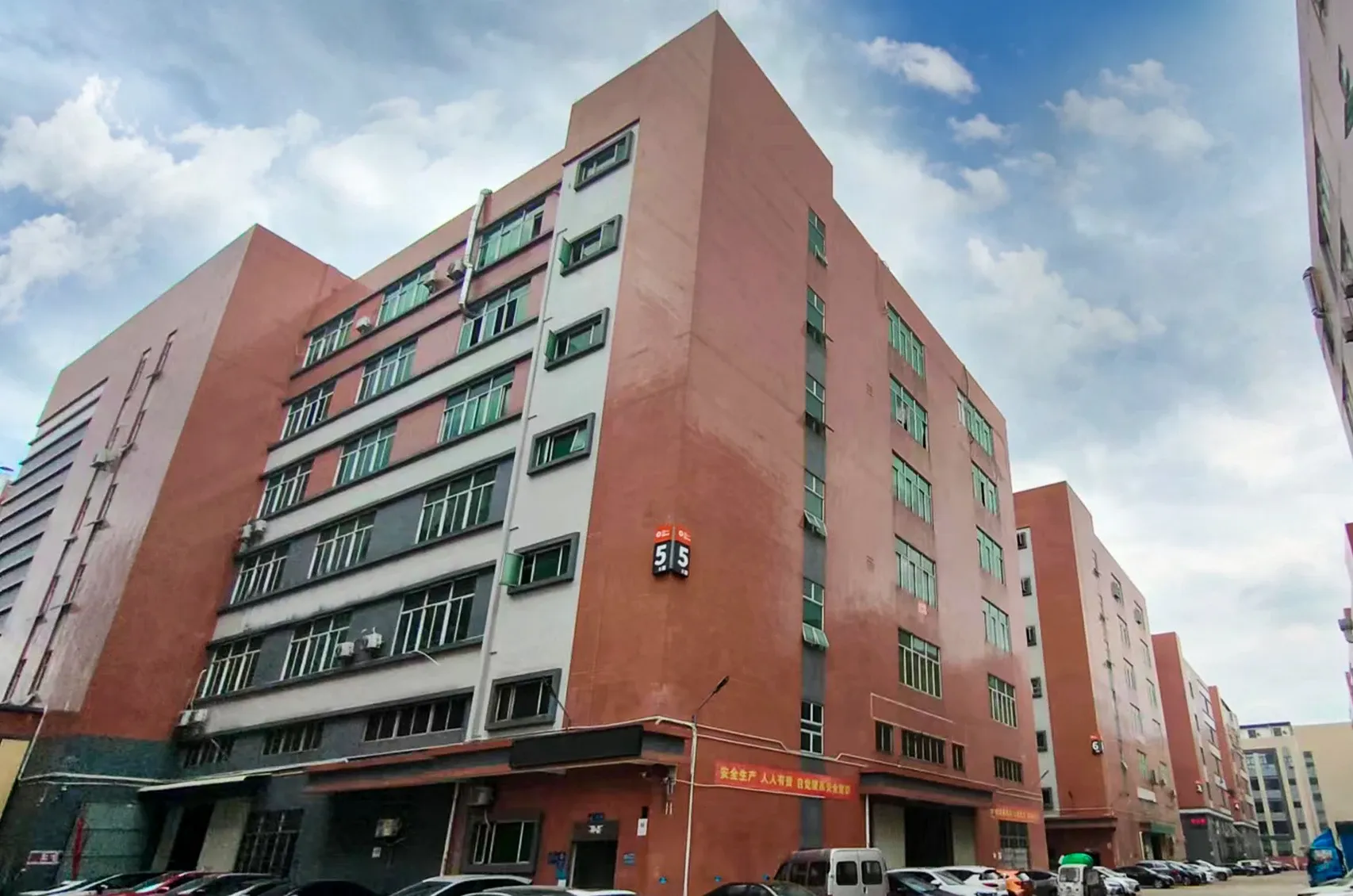
Bezprzewodowa maszyna POS nie tylko zapewnia mobilność, ale także podnosi doświadczenie klienta do nowych szczytów. Dzięki wygodnym płatnościom na miejscu klienci nie muszą już czekać w długich kolejkach ani przechodzić trudne procedury płatności. Zamiast tego transakcje są szybkie, płynne i przeprowadzane z łatwością, co robi wrażenie na klientów, gdyż są one wydajne i wygodne. Ponadto możliwość dokonywania transakcji w dowolnym miejscu zwiększa zadowolenie klientów, sprzyja lojalności i pozytywnym rekomendacjom ustnym. Wykorzystując potrzeby i preferencje swoich klientów, przedsiębiorstwa mogą wykorzystaćbezprzewodowa maszyna posAby odróżnić się od konkurencji i budować trwałe relacje z klientami.

Strategie zaangażowania klientów mogą osiągnąć nowe poziomy, jeśli firmy tylko zaakceptują bezprzewodową maszynę POS. To urządzenie umożliwia sprzedawcom osobisty kontakt z klientami, szybkie transakcje i oferowanie bezbłędnych usług kasowych. Płatności na miejscu są popularne wśród konsumentów ze względu na ich wygodę i skuteczność, co prowadzi do zwiększonej satysfakcji i lojalności. Co więcej, firmy mogą wchodzić w interakcje z klientami w różnych miejscach dzięki przenośności tego urządzenia, co pozwala na nawiązywanie lepszych relacji z klientami i lojalności wobec marki. Korzystając z bezprzewodowej maszyny POS, firmy mogą zapewnić niezapomniane doświadczenia, które pozostają w pamięci klientów długo po dokonaniu transakcji, co skłania do powtarzania zakupów i wspiera wierność klientów wobec promocji marki.

W dzisiejszym szybko zmieniającym się świecie, konieczność nadążania za technologią jest ważna dla firm, ponieważ pomaga im pozostać konkurencyjnymi, a bezprzewodowa maszyna POS zapewnia drogę naprzód. Jej modułowa konstrukcja i możliwość aktualizacji funkcji zapewniają, że firmy mogą wyprzedzać konkurencję, integrując nowe funkcjonalności w miarę ich dostępności. Inwestowanie w bezprzewodową maszynę POS umożliwi właścicielom firm ochronę przed przestarzałością, pozostanie elastycznym i wykorzystanie pojawiających się możliwości w ciągle zmieniającym się krajobrazie handlowym. Skalowalność jej rozwiązań umożliwia firmom korzystającym z bezprzewodowych maszyn POS dostosowanie się do zmieniających się okoliczności, aby zaspokoić potrzeby klientów, które ciągle się zmieniają, jednocześnie pozostając przed konkurencją.

Firmy zyskują cenne informacje na temat swojej działalności, oprócz ułatwiania transakcji za pomocą bezprzewodowej maszyny POS. Handlowcy mogą śledzić trendy sprzedaży, monitorować poziomy zapasów i analizować zachowania klientów, korzystając z możliwości analizy danych w czasie rzeczywistym. Firmy mogą wykorzystać takie informacje do podejmowania świadomych decyzji, które pomagają optymalizować ich strategie i napędzać wzrost. Możliwość dostępu do danych, które można wykorzystać w ruchu, umożliwia handlowcom pozostanie elastycznymi i responsywnymi w dzisiejszym dynamicznym krajobrazie biznesowym. Dzięki bezprzewodowej maszynie POS firmy uzyskują głębokie zrozumienie swoich klientów, produktów i trendów rynkowych, co pozwala im wyprzedzać konkurencję, tworząc jednocześnie nowe możliwości wzrostu.

## Bezprzewodowa maszyna POS to wszechstronne urządzenie, które zaspokaja potrzeby firm w różnych branżach. Niezależnie od tego, czy chodzi o handel detaliczny, gościnność, usługi gastronomiczne czy zarządzanie wydarzeniami, system może dostosować się do różnych środowisk biznesowych. Co więcej, jego elastyczność pozwala firmom na rozwój poza tradycyjne lokalizacje stacjonarne w kierunku nowych możliwości, które się pojawiają, oraz zmieniających się preferencji klientów. Dlatego niezależnie od tego, czy chodzi o przetwarzanie płatności na festiwalu muzycznym, podczas zlotu food trucków czy na wydarzeniu korporacyjnym; bezprzewodowa maszyna POS ułatwia dostosowanie się właścicielom firm, aby mogli dostosować się do zmian na rynku, pozostając jednocześnie istotnymi dla potrzeb klientów.

Założona w 2015 roku, Beijing Shenzhou Anfu Technology Co., Ltd to przedsiębiorstwo high-tech specjalizujące się w projektowaniu, rozwoju i sprzedaży modułów oraz produktów terminali zabezpieczeń. Nasza firma uzyskała liczne certyfikaty, w tym certyfikat przedsiębiorstwa high-tech, certyfikat akceptacji kart UnionPay, certyfikat przedsiębiorstwa oprogramowania oraz certyfikat systemu zarządzania jakością ISO9001:2015.
Z rozległą fabryką o powierzchni 35 000 metrów kwadratowych zlokalizowaną w Tianjin, prowadzimy 15 linii produkcyjnych dedykowanych systemom MPOS (Mobilny Punkt Sprzedaży). Nasza siła robocza składa się z ponad 700 wykwalifikowanych pracowników, którzy są zaangażowani w dostarczanie innowacyjnych rozwiązań, aby sprostać zmieniającym się potrzebom naszych klientów.
Nasza kompleksowa oferta produktów obejmuje Smart Android POS, Smart Mobile Payment Terminal, Handheld POS Machine, POS Android Terminal, POS Handheld Terminal, Smart POS Terminal, Mini POS Machine, Wireless POS Machine, Android-Based POS Machine oraz Traditional POS Machine. W Shenzhou Anfu zobowiązujemy się do doskonałości, zapewniając najwyższą jakość, niezawodność i bezpieczeństwo we wszystkich naszych produktach.
Nasze inteligentne urządzenie POS na Androida, przenośna maszyna POS i inne produkty oferują kompleksowe rozwiązanie dla Twoich potrzeb POS. Dzięki wszechstronnym opcjom sprzętowym i możliwościom integracji oprogramowania, nasze systemy bezproblemowo integrują się z Twoim istniejącym ustawieniem, zapewniając płynne operacje od pierwszego dnia.
Wspierane przez rygorystyczny proces produkcji i surowe środki kontroli jakości, nasze produkty gwarantują niezrównaną jakość i niezawodność. Każdy etap procesu produkcji przestrzega najwyższych standardów, a nasze produkty przechodzą dokładne testy jakości, aby zapewnić doskonałą wydajność i trwałość.
Jako producent bezpośredni z fabryki oferujemy konkurencyjne ceny bez kompromisów w jakości. Nasze usprawnione procesy produkcyjne pozwalają nam skutecznie kontrolować koszty, co umożliwia nam przekazywanie oszczędności naszym klientom. Skontaktuj się z naszym zespołem sprzedaży, aby uzyskać szczegółowe informacje o cenach dostosowanych do Twoich specyficznych wymagań.
Ciesz się bezproblemową instalacją i konfiguracją naszych produktów, wspieranych przez kompleksowe programy szkoleniowe i proaktywne wsparcie w zakresie konserwacji. Od początkowej konfiguracji po bieżącą konserwację, Shenzhou Anfu zapewnia płynne doświadczenie, pozwalając Ci skupić się na swoim biznesie.
Bezprzewodowa maszyna POS działa w sieciach bezprzewodowych, oferując mobilność i elastyczność w akceptowaniu płatności wszędzie.W przeciwieństwie do tego, tradycyjne systemy POS są zazwyczaj stałe w lokalizacji i wymagają połączeń przewodowych do działania.
Bezprzewodowe maszyny POS zapewniają elastyczność w akceptowaniu płatności, umożliwiając firmom obsługę klientów w różnych lokalizacjach, takich jak wydarzenia, targi czy miejsca na świeżym powietrzu.Usprawniają również procesy kasowe, zwiększają satysfakcję klientów i poprawiają efektywność operacyjną.
Transakcje przetwarzane za pomocą bezprzewodowej maszyny POS są bardzo bezpieczne, dzięki zaawansowanym protokołom szyfrowania i bezpiecznym połączeniom bezprzewodowym.Zapewnia to, że wrażliwe informacje płatnicze są chronione podczas transmisji, minimalizując ryzyko oszustwa lub naruszenia danych.
Każdy biznes, który wymaga mobilności i elastyczności w akceptowaniu płatności, może skorzystać z używania bezprzewodowej maszyny POS.Obejmuje to takie firmy jak food trucki, sklepy pop-up, dostawcy na wydarzeniach i usługi dostawcze, między innymi.
